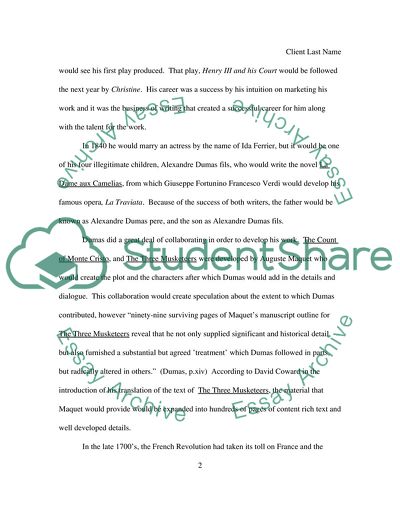Cite this document
(Georges by Alexandre Dumas Literature review Example | Topics and Well Written Essays - 2250 words, n.d.)
Georges by Alexandre Dumas Literature review Example | Topics and Well Written Essays - 2250 words. https://studentshare.org/literature/1550315-alexander-dumas-georges
Georges by Alexandre Dumas Literature review Example | Topics and Well Written Essays - 2250 words. https://studentshare.org/literature/1550315-alexander-dumas-georges
(Georges by Alexandre Dumas Literature Review Example | Topics and Well Written Essays - 2250 Words)
Georges by Alexandre Dumas Literature Review Example | Topics and Well Written Essays - 2250 Words. https://studentshare.org/literature/1550315-alexander-dumas-georges.
Georges by Alexandre Dumas Literature Review Example | Topics and Well Written Essays - 2250 Words. https://studentshare.org/literature/1550315-alexander-dumas-georges.
“Georges by Alexandre Dumas Literature Review Example | Topics and Well Written Essays - 2250 Words”. https://studentshare.org/literature/1550315-alexander-dumas-georges.


